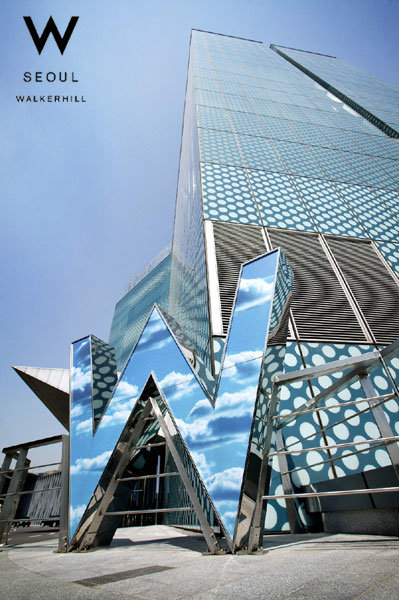
Brief Description
BIM(Building Information Modeling)* adoption seems widespread in architectural practice. But what is professionals’ opinion on this? How is it affecting our routine works? And how is it going to shape the feature of building design industry? Is there any obstacle for the application and how can we cope with it? This interview aims at seeking in-depth exploration in this regard.
Interview Guest
Mr. Ulrich Kirchhoff
With nearly twenty years of work experience in Asia, Mr. Ulrich Kirchhoff combines academic research and professional practice in his exploration. He was the head of design at OMA Asia/RAD where he designed several large scale commercial projects (including the first W-Hotel in Asia and the SK Telecom Headquarter and the Jeonju University Campus Centre).
His research interests focus on the city, high density environments and large scale architecture and their structural systems. Specific focuses are on pencil tower and podium tower typologies.
He is the founder of ICE – Ideas for Contemporary Environments and currently also teaching at The University of Hong Kong.
In 2007 Mr. Kirchhoff received the Perspective award 40 under 40 for the 40 most influential designers in Greater China. In 2010 he exhibited at the Venice Biennale ‘Radical Mix’; In 2011 he was awarded with the Bloomberg Asia Pacific Property Award for the best mixed-use development in Vietnam: Ocean Heights – New Sustainable Community in Binh Tuan; In 2017 he gained another building reward of BEAM-Plus Platinum, the highest standard in environmental sustainable design, for Upper Central, 48 Caine Road in Hong Kong.
Interview Question
- Welcome to our podcast, ‘BIM Adoption in Architectural Practices and Building Construction’. We are excited to have our special guest Mr. Ulrich Kirchhoff with us.
- We are very impressed by your academic achievement as well as in practice. Our research aim is to examine the role and impact of BIM in architectural practice. And our first question is ‘Do you think architectural routing work benefits from this?’
- Thanks for sharing the very valuable experiences for us. The transit between the form from sketch to construction requires software’s help. Our second question is ‘Does BIM promote a better collaboration between different Professions?’, for example, from architecture design to building pre-fabricate/site-erection, such transit/evolves may have (BIM) transitions involved. Would you share this with us?
- Thank you for sharing us with this. Our third question is ‘Is there any barriers for the adoption at the moment?’ – any obstacles prevent better applications?
- There is always initial cost, and software (more) user-friendly, and the UI all relate to successful applications. Finally, our question is ‘Can you share your vision on the feature of BIM? How do you see the evolution and impact in architectural practices over the next decades?’
Conclusion
There are always great demands on BIM application within design professions. The capability of enabling transit between forms, and a streamline collaboration between participating parties are essential. Influential factor includes social, economic constraints, and individual company’s financial strategies. User-friendly API is also critical in addition to a lower initial investment. Finally, technology advancement will bring in greater potential for a wider application.
Link to Spotify:
* Wiki Definition on BIM:
Building information modeling (BIM) is a process supported by various tools, technologies and contracts involving the generation and management of digital representations of physical and functional characteristics of places. Building information models (BIMs) are computer files (often but not always in proprietary formats and containing proprietary data) which can be extracted, exchanged or networked to support decision-making regarding a built asset. BIM software is used by individuals, businesses and government agencies who plan, design, construct, operate and maintain buildings and diverse physical infrastructures, such as water, refuse, electricity, gas, communication utilities, roads, railways, bridges, ports and tunnels.
– From web address: https://en.wikipedia.org/wiki/Building_information_modeling

